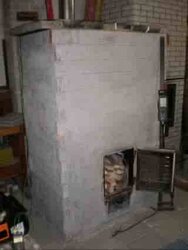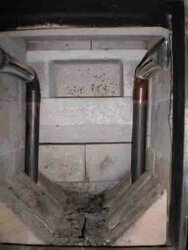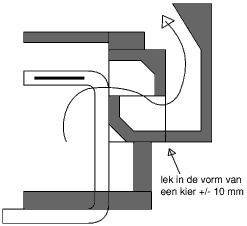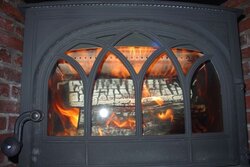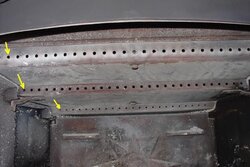I am building a home made stove
i need to know how much air do i need to get to the top of fire to get the gassafication on top of fire
i have 14 feet of 2 inch tube inside the fire box to preheat air is there a rule of thumb for this kind of thing ?
i need to know how much air do i need to get to the top of fire to get the gassafication on top of fire
i have 14 feet of 2 inch tube inside the fire box to preheat air is there a rule of thumb for this kind of thing ?


